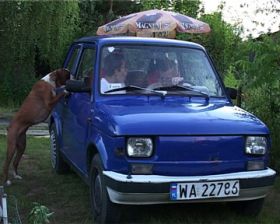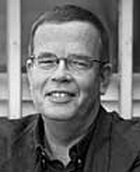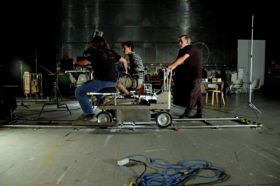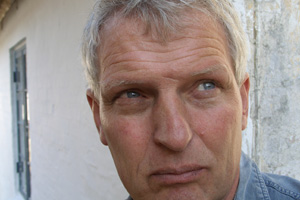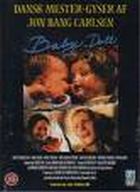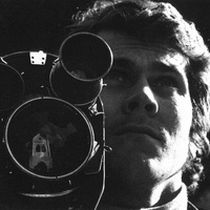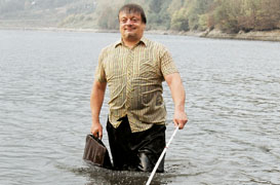På DOK2008 forleden bebudede Morten Udsen, efter han havde fortalt om dvd’ernes dramatiske skæbne og mulige fremtid, at der ville komme en box med fire eller var det fem Jon Bang Carlsen film. I forbindelse med premieren på Purity Beats Everything 23. april i filmhuset vistnok.. Til salg i boghandlen i huset vistnok.. I hvert fald et godt valg. Art People står for distributionen http://www.artpeople.dk/ Men der er god grund til at fortsætte eftersøgningen af instruktørens tidlige film, lige nu opleve værkets fulde udstrækning, for utålmodige jeg ved godt, at det kan have lange udsigter med finansieringen af den planlagte fortsættelse, hele Jon Bang Carlsens værk på dvd-boxe. Og jeg er i hvert fald bange for, at det ikke lykkes at få spillefilmene med.
I 1988 blev Ofelia kommer til byen (repriseanmeldt her på filmkommentaren.dk) efterfulgt af Baby Doll, hvor alt samles i et kammerspil, i køkkenet mest, på en vestjysk gård. En kvinde alene med sit nyfødte barn møder helt alene de dæmoniske kræfter, vi rummer i vores fortrængte erindring, og overgiver sig lettet efter sej kamp til dem og går som Ofelia ud i vandet. Mette Munk Plum gennemfører alene, stort set, denne timelange tour de force. Grethe Møldrup har roligt klippet thriller-kurven i smukke afsluttede scener, som man ikke kan ryste af.. Munk Plum spiller dem igennem lyrisk, men med dramatiske udbrud, med kortere og kortere intervaller fornemmes det, udbrud af vrede først, derefter apati, så angst og endelig overgivelse og hengivelse. En kurve som Deneuves i Polanskis Repulsion, men genkendelig og således farligere.
For i modsætning til Alexander Gruszynskis mytologiske Bovbjerg, som Ofelia og hendes Hamlet færdes i, har Björn Blixt fotograferet moderen Eva og hendes barn i et dokumentarisk skildret landskab, klitten og stranden er lys lys, og i interiører, som er er nøgternt præcise billeder i en scenografi, der som kunstgreb har gjort sig usynlig i en genkendelig realisme. Dørkarmenes farve, gulvenes fernis, hændernes og de nøgne fødders berøringer så taktilt virkelige..
Og alt er også genkendelige Jon Bang Carlsen billeder. Portrætterne på væggen, penduluret, tørresnoren, et blåt klæde, som pludselig dækker scenen af. Og ude gårdsplads og indgang og trappesten som disse huskes. Grusvejens slyng i landskabet. Både Mols og Vestjylland. Det lange filmværks sammenhæng.
Jeg har en indvending til lyddesignet, en bestemt overdrivelse, som rammer min ideosynkrasi, men det er fuldstændig ligemeget nu efter de mange år. Alt det vigtige er så lykkeligt bevaret.
Jon Bang Carlsen: Baby Doll, 1988. Crone Film Produktion. DVD: www.on-air-video.dk Lånt på Randers Bibliotek, fjernlån. Køb (VHS): DVDCITY http://dvdcity.dk/?52X31X3531XA735353





